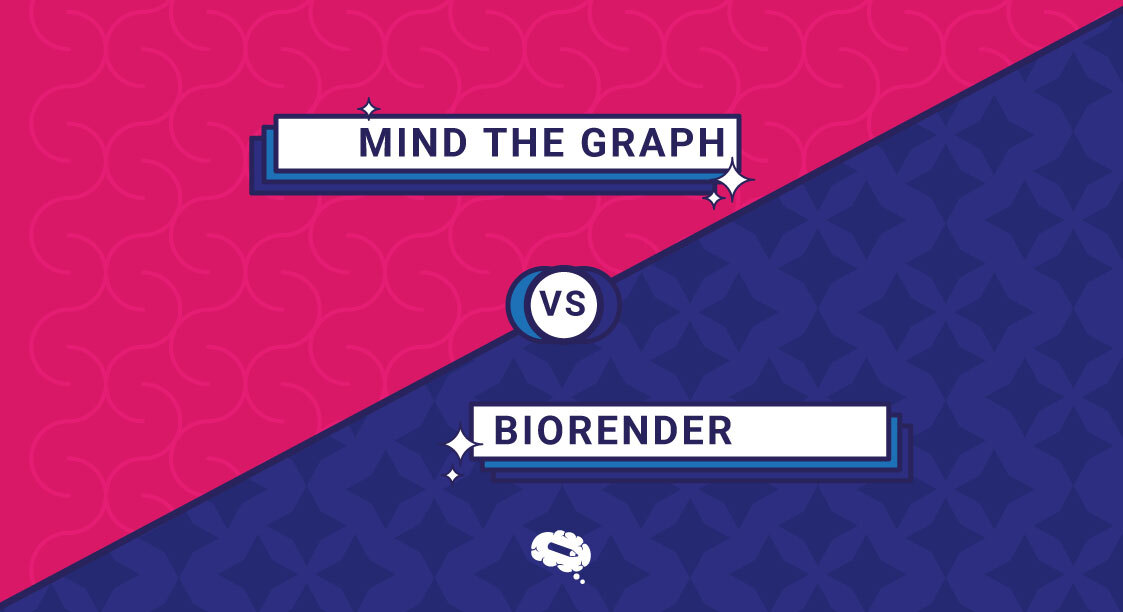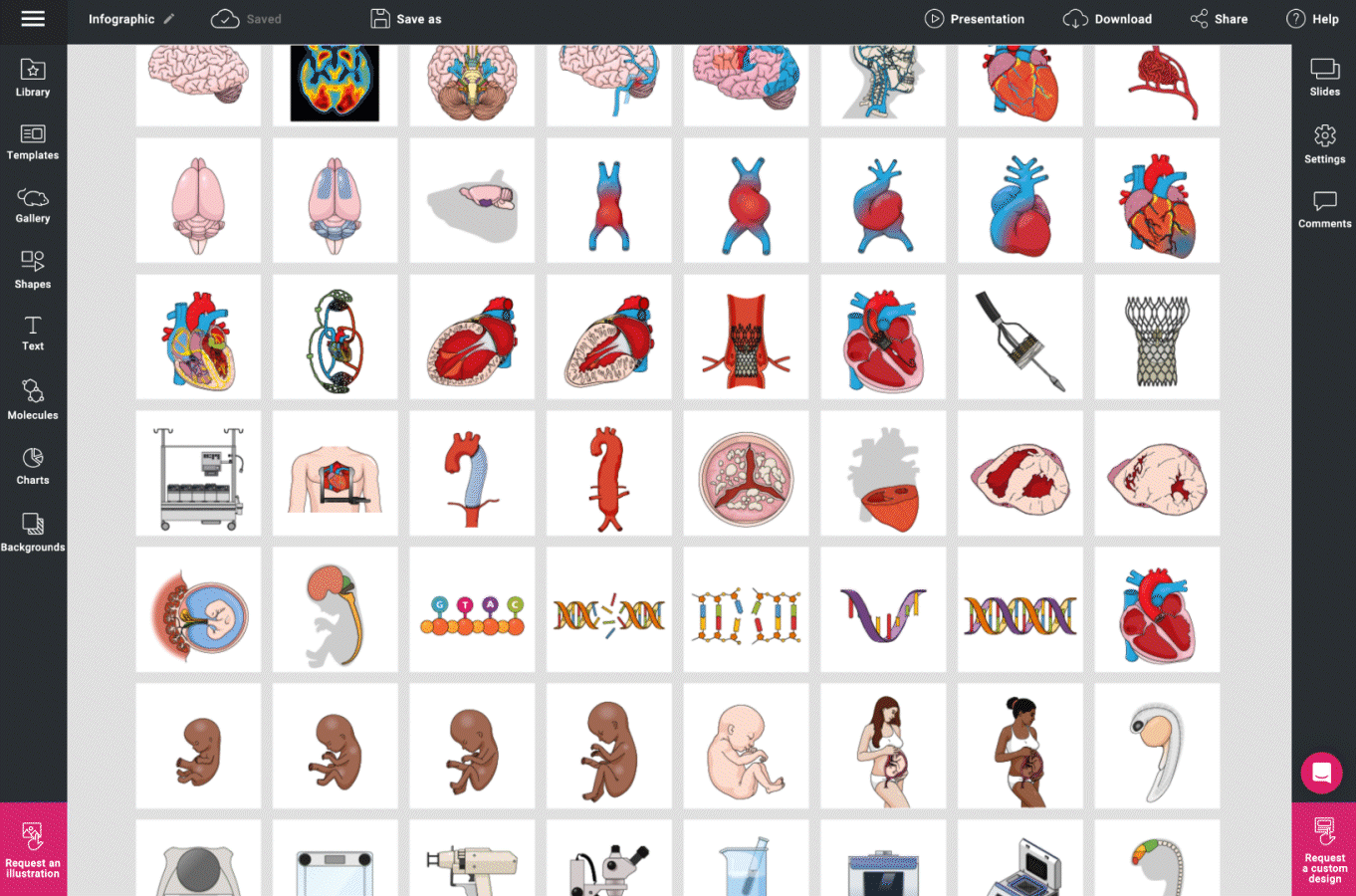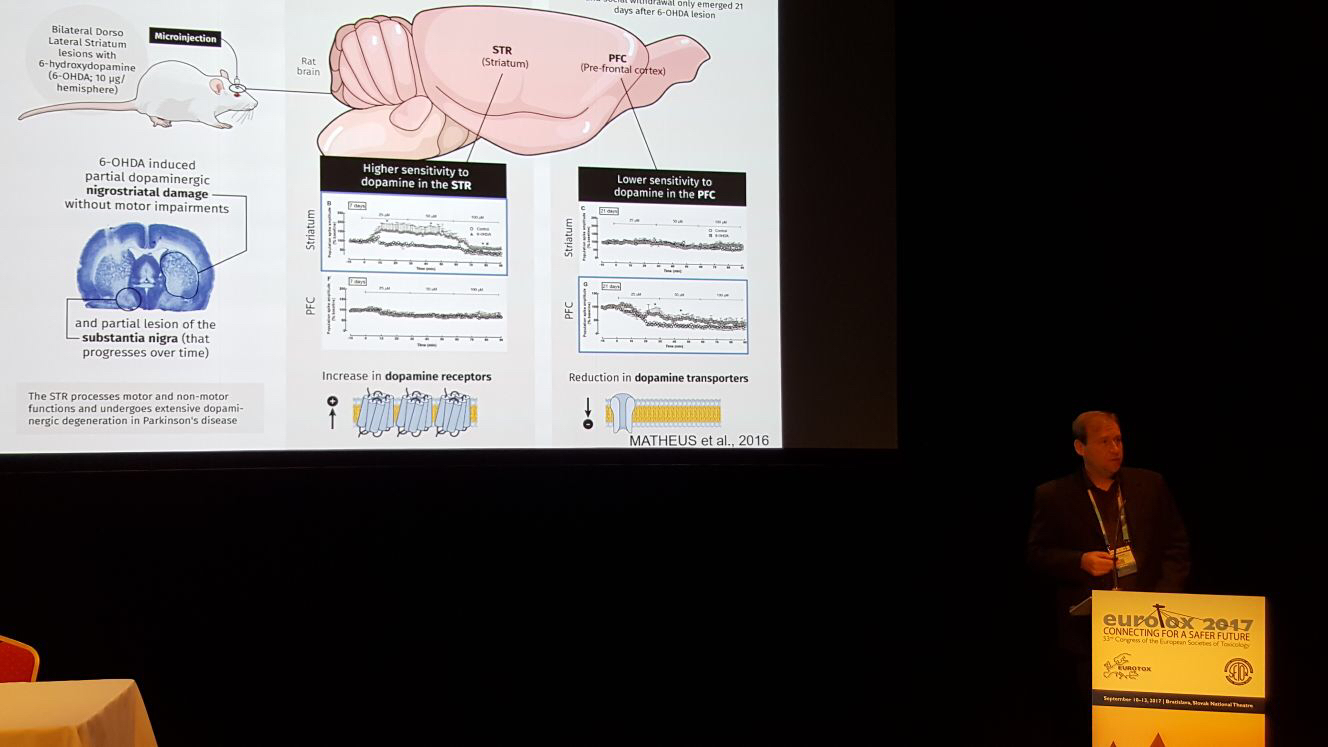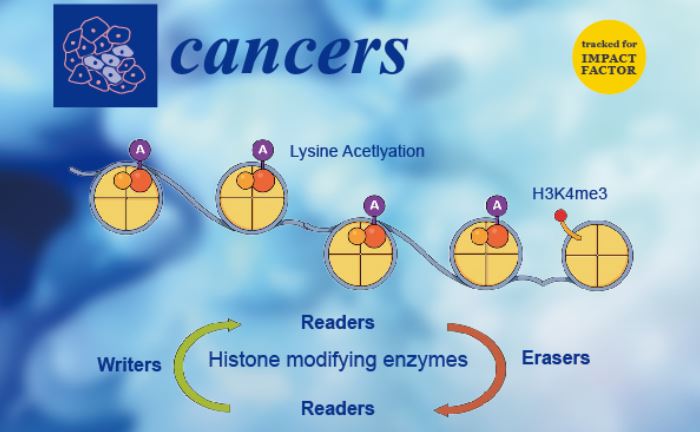Navigating through a wave of software options for scientific illustrations can feel like maneuvering in uncharted territory. Two platforms- ‘Mind the Graph’ and ‘BioRender’- have become prominent choices among academics and researchers. Both have distinct features that promise to revamp your research presentation, but how do they measure up against one another? Join us on this exploratory journey as we delve into an insightful comparison between these two influential tools to help you make an informed choice.
Introduction To Mind the Graph And BioRender
‘Mind the Graph’ and ‘BioRender’ exist as stellar platforms within the realm of creating scientific illustrations. They intrigue users with their visually pleasing interfaces and dynamic toolsets specifically geared toward science communication.
To start off, let’s shed light on ‘Mind the Graph’. This innovative platform shares its ethos with UpGrad Education Ltd., empowering scientists globally by transforming complex data into intelligible visuals with relative ease. A large spectrum of users, ranging from professors, students, and even corporations employ it to elevate their research impact.
On the flip side, we’ve got ‘BioRender’. Coming out from BioRender Technologies Inc., it has earned quite a reputation for streamlining science illustration processes while maintaining high-quality standards. With over 2 million active users worldwide including world-renowned institutions such as NIH, Nature Methods (journal), and Harvard Medical School, they’re changing how science is visualized.
So here’s where our tour commences: we’re setting off on a comprehensive exploration of both these powerhouses – evaluating what they bring uniquely to the table right down to minute details about their functionality.
Overview Of Mind the Graph
When it comes to diagramming and illustrating complex scientific information, few tools compare to Mind the Graph. Let’s delve into what sets this tool aside in its features, specifications, poster-making capabilities, and supportive video tutorials.
When pitted against traditional design tools such as Photoshop or Illustrator that demand extensive technical knowledge in graphic manipulation; Mind the Graph emerges as superior with its intuitive interface catered specifically towards scientists’ needs.
Features And Specifications
Mind the Graph offers a spread of distinguishing features. From ample built-in icons to appealing templates tailored for assorted project needs, users enjoy a lot of flexibility.
Notably:
- Users can select from over 75,000 scientific icons that accurately represent diverse aspects of the disciplines.
- There is an option to customize illustrations with editable color schemes giving your diagrams a personalized touch.
- Mind the Graph provides access to +300 ready-made templates which substantially reduce design time.
- The platform also accommodates data import for seamless workflow.
The specifications are equally impressive; they are tailored for speed, ease of use, and compatibility:
- All illustrations are customizable in 6 different colors and types.
- Built as web-based software making it ideal for online collaboration.
- Possibility of requesting custom illustrations to attend to the particularities of your research.
In terms of accessibility versus cost consideration when using Mind the Graph vs BioRerender, Mind the Graphic does offer both free plans (with limited features) and premium pay plans with a bunch of exclusive features.
Poster Maker Capabilities
One distinct feature that sets apart ‘Mind the Graph’ in terms of diagrammatic tools is its robust poster maker capability. If you need to visually present scientific results concisely or want an aesthetically pleasing infographic for course material or public presentations, this tool serves well.
Users have attested that creating beautiful designs is effortless yet highly effective.
Key offerings include:
- A widespread template library catering to multiple layout preferences.
- Ample scope for personalization through different post-styling options including colors, shapes, text, scientific illustrations, and more.
- An opportunity to import personal data directly onto your posts.
Relaying dense scientific information in visually gratifying posters and drawings not only requires skill but also the right tools. Mind the Graph fulfills that role effectively.
Video Tutorials On How To Use Mind the Graph
Ease of usability often governs success or failure when using digital tools like Mind the Graph. Users’ learning curve in this aspect is significantly smoothened by its readily available, comprehensive video tutorials.
These aim to guide new users step-by-step through all functionalities:
- They begin with simple instructions on creating an account.
- Progressing onto more complex tasks such as customizing charts and illustrations.
- Advanced-level tutorials target accomplished designs implementing cutting-edge features.
Considering these aspects, even without prior design know-how, one can get started quickly and proficiently. Simplicity alongside high functionality firmly places ‘Mind the Graph’ as a go-to tool for scientific diagrams and illustrations.
Check the Mind the Graph tutorials playlist on YouTube.
Overview Of BioRender
BioRender represents an innovative solution to the challenge of creating precise, clear, and visually appealing scientific visual content. The platform offers a web-based application designed straightforwardly for scientists.
Features And Specifications
Among the recognizable virtues of BioRender is its exceptionally vast library housing more than 30,000 life science figures. These include cells, proteins, genes, and even complex biological structures that capture the intricacies of life science topics accurately.
Beyond mere accessibility, each icon within this library is highly customizable. Users are granted flexibility in color modification and the ability to layer different icons. Moreover, users can select from a plethora of ready-to-use templates for common biology diagrams such as signaling pathways or cell cycles. Such customizability enhances productivity while still fostering creativity among researchers.
In terms of usability, BioRender makes it easy – even for less tech-savvy individuals. Options like undo/redo buttons attenuate any errors during design whilst tooltips offer instant guidance.
Salesforce integration for team management is yet another feature adding depth to this holistic software application unrivaled by others in the market.
Illustration Tool Comparisons
Comparatively speaking, in ‘Mind the Graph vs BioRerender’, we find notable advantages on both ends; however, substantial differentiation when analyzed closely will leave no room for doubt about choosing the best fit according to your requirements.
Notably, both ‘Mind the Graph’ and BioRerender allow seamless collaborations between teams without location boundaries – everything under one roof; hence facilitating improved workflow especially beneficial during remote work situations prevalent today!
Finally, despite being a challenging competitor in “Mind the Graph vs BioRerender”, BioRander spares you licensing headaches. Its policy ensures the lawful use of graphics for publications and presentations — a feature often overlooked yet crucial in scientific communications. Which Mind the Graph also offers, so we are even.
Overall, it’s the powerful combinative features that give BioRender the game-changer status amidst today’s scientific illustration generators! Considering the ‘Mind the Graph vs BioRerender’ debate? One simply needs to understand their specific requirements and make an informed decision accordingly!
User Comments and Reviews
If you’re trying to choose between Mind the Graph and BioRender, the voice of experience in user comments and reviews can serve as an invaluable resource. Let’s have a look at what users say about these beneficial scientific illustration tools.
Collectively, various users who experienced Mind the Graph find it convenient for scientific purposes of creating high-quality infographics with an extensive library of icons. They appreciate its poster maker capabilities derived from its features and specifications designed explicitly for scientific communication.
Next on our agenda is BioRender; ambitious researchers often applaud the tool’s comprehensive selection of pre-made illustrations. Most reviews underscore its convenience in producing lifelike images pertinent to their field which convey complex ideas effectively.
Both tools gather recurrent commendations for providing video tutorials teaching how to make optimal use of their resources – hence enhancing user ease. Also, their customer service demonstrates professionalism by swiftly responding to queries or concerns raised by customers, enhancing efficiency.
Contrarily, one shared qualm found within several comments relates to pricing models. Although offering vast libraries and features that justify value for money, some amateur researchers found some subscription plans steeply priced. For a simple comparison, Mind the Graph paid plans start at 14 USD, while Biorender costs 79 USD per month
In terms of usability, Mind the Graph receives notes regarding complexity in navigation initially. However, according to seasoned users, this challenge diminishes once you become familiar with its functionalities over time.
Equally, learning curves exist within BioRender owing to intricate features designed to produce precision graphics – however, users indicate this is a worthwhile investment considering the output quality achieved post mastery.
Remember that each review represents personal experiences that may not necessarily reflect your own experience with these tools. Indeed both platforms –Mind the Graph vs BioRender- offer distinct functionalities catering uniquely towards individual needs thus warranting thorough personal exploration prior to decision-making!
Social Recommendations And Mentions
When digging into the social dimension of the ‘Mind the Graph vs BioRender’ competition, it becomes evident that both tools have strong backing within their respective user communities. Let’s start our discussion by delving into some of these widespread mentions and recommendations.
As for Mind the Graph, it tends to be highly endorsed in forums dedicated to academic research. The power of this tool lies in its ability to simplify complex scientific information into visually pleasing infographics. In various LinkedIn groups and Facebook communities revolving around research methodologies, many users specifically mention how seamless it is to communicate intricate science concepts through diagrams from Mind the Graph.
Turning our attention toward BioRender, one cannot ignore regular mentions across different influential bioscience blogs and platforms like Biotechniques.com or the website BitesizeBio. Moreover, Twitter’s active scientific community also gives nods of approval towards BioRender owing to its vast library of high-quality biomedical images. It’s even common to find tweets praising BioRender for simplifying scientific visualization, with hashtags #scicomm (short for scientific communication) trending alongside.
Before we move ahead, we would like to highlight a unique aspect where both these tools stand out — teacher referrals! Yes indeed; on numerous online teaching forums and educational YouTube channels, modern educators recommend either ‘Mind the Graph’ or ‘BioRender’ as key aids in facilitating better understanding among young minds embarking on scientific exploration.
To sum things up: in terms of social recommendations and online mentions, both ‘Mind the Graph’ and ‘BioRender’ have managed to garner substantial recognition due to their valuable contribution in aiding visual communication within complex fields like science education and research.
Differences Between Mind the Graph And BioRender
When comparing two informatics tools such as Mind the Graph and BioRender, recognizing each platform’s unique attributes alongside their common features is vital for a comprehensive understanding. Therefore, let’s dive into examining the similarities, distinct aspects, and pros and cons of both tools.
Similarities And Unique Aspects
Despite different interface designs and user workflows, there are indeed several core features Mind the Graph and BioRender share. These include:
- Both provide a considerable range of pre-designed scientific illustration templates.
- The option to customize or create your own infographic from scratch is available on both platforms.
- Each tool facilitates collaboration by providing sharing capabilities amongst team members.
The uniqueness lies in how these services deliver their offerings. In terms of image quality, biology-related templates appear more specialized in Mind the Graph compared to BioRender that leans towards a more generic scientific realm fitting various disciplines. Another exclusive feature of BioRender not commonly seen with Mind the Graph involves its integration with programs like Adobe Illustrator for an enhanced graphical experience.
Pros And Cons Of Each Tool
Mind the Graph
Pros:
- Custom illustrations request ready within 7 working days.
- User-friendly drag-and-drop interface
- Affordable pricing structure especially for those working on budget constraints
Cons:
- It does not offer Microsoft PowerPoint integration
- Less organized template library compared to BioRender
BioRender
Pros:
- Highly specialized offering professional graphical representation in biomedicine
- Seamless integrations with external illustration software
- More versatility within templates enables greater customization options
Cons:
- Pricier subscription plans making it less accessible for everyone
- Slightly challenging interface requiring a learning curve
Analyzing the ‘Mind The Graph vs BioRender’ debate objectively allows us to appreciate each tool’s strength while being aware of areas needing improvement or those that may not align with specific needs. Ultimately your individual requirements will guide your choice between the two.
Alternatives to Mind the Graph and BioRender
Beyond the “Mind the Graph vs. BioRender” discussion, it’s crucial to acknowledge that there are several other tools in the market designed for similar purposes. If neither of these options seems like the perfect fit for you, there is no need to worry. The following list of alternatives could cater more precisely to your needs:
- SciDraw: A leading tool in scientific illustration, SciDraw enables users to generate precise diagrams with a robust set of features and functionalities.
- Piktochart: In addition to infographics, Piktochart accommodates scientific illustrations as part of its diverse offerings.
- Genially: Genially has gained traction as potent software not solely for its diagramming capabilities but also for incorporating interactive elements into visual creations.
- Tableau Public: Scientists and data enthusiasts alike commonly use this powerful platform to visualize intricate datasets.
While considering any alternative solution, remember that an individual needs a drive choice selection process when it comes to visualization tools; ‘appropriate’ varies from user to user. Strive towards fitting functionality with specific requirements rather than targeting popular options alone benefits significantly.
That said, always ensure thorough research on each product before deciding where they stand relative in the “Mind the Graph vs BioRender” debate or against similar tools on offer. Look out for detailed reviews, pricing models including services, and community support—the more informed you are about these choices you make now the more profoundly impact your productivity over time.
So won’t we continue exploring Mind the Graph and BioRender? Of course! But it’s never too early—or late—to have a glimpse into what else could potentially benefit one’s unique preferences or constraints within our broader digital world. You might even be surprised by what may spring up during facing very explorations concerning Mind the Graph vs. BioRender—they contribute significantly towards comprehensive understanding well beyond initial expectations!
Benefits of Using Mind the Graph or BioRerender for Scientific Illustrations
As a researcher, scientist, or academic professional, communicating complex scientific concepts visually can be an intimidating and overwhelming process. Fortunately, two robust digital tools for graphic designers are available that make this task less daunting: Mind the Graph and BioRender. Let’s delve into deciphering the substantial benefits these platforms offer to their users.
To begin with, both tools provide a user-friendly interface that simplifies the process of creating highly specialized science illustrations. Users do not need any graphic design proficiency to operate these utilities expertly.
- Simplicity – Be it Mind the Graph or BioRerender; these tools have been designed keeping non-designers in mind. You don’t have to master Photoshop or Illustrator to create professional-grade visuals. These solutions allow users to focus on conveying their ideas rather than fighting with uncooperative software—or worse yet—hand-drawing everything.
Beyond being merely easy-to-use, Mind the Graph and BioRender also boast significant libraries brimming with pre-designed elements relevant to diverse science fields.
- Extensive Libraries – Each platform provides extensive libraries containing thousands of ready-to-use images spanning numerous scientific disciplines—from anatomy through zoology. This comprehensive database eliminates the need to start every project from scratch, saving researchers considerable time when constructing diagrams.
Apart from just simplicity and vast resources, another compelling advantage is how both platforms facilitate collaboration within teams.
- Collaboration – Both Mind the Graph and BioRender support real-time collaboration between team members regardless of geographical distance—a feature particularly useful for large research teams spread across different labs or countries.
We should emphasize the dedication of each tool to enhancing the clarity of the work you present.
- Boosts Comprehension – Using scientific diagrams increases comprehension among various audience types—scientists in related fields trying to understand specific details about your study, or a general audience gaining basic insights about your research work. Combining Mind the Graph with BioRerender empowers users to create visual aids that enhance the overall interpretation of their scientific endeavors.
Finally, serving as the cherry on top is each tool’s commitment towards delivering customized illustrations for each research needs.
- Custom Illustration Request – Mind the Graph and Biorender both offer custom illustration request systems as part of their premium subscriptions, yet they diverge significantly in their delivery timelines. Mind the Graph provides a swift turnaround, promising to deliver custom illustrations within a mere 7 days. This expedited process ensures that subscribers can promptly integrate personalized visuals into their content. On the contrary, Biorender, while also providing custom illustrations in its premium service, opts for a more protracted approach. The Biorender team suggests that their experts may reach out to the requester within a substantial timeframe of 25-30 business days. This extended period may be attributed to a meticulous and thorough review process, ensuring that the final illustrations align seamlessly with the requester’s specifications. Consequently, users must weigh the urgency of their illustration needs against the patience required for the meticulous craftsmanship provided by each platform.
To wrap up this section, it’s clear how employing digital tools like Mind the Graph and BioRender can dramatically enrich your communication strategy when dealing with intricate scientific subjects. They make potent tasks manageable, ensure seamless collaboration, and offer vast resources to pick ideas from while also boosting comprehension among diverse groups.
Customer Success Stories with Mind the Graph or BioRender
Scientific illustration tools like Mind the Graph and BioRender have demonstrably transformed countless user experiences in academia, research, biology, and even marketing. To understand their impact better, let’s delve into some success stories of individuals who used either one.
Showcase: The Achievements of a Postgraduate Student.
Rachel Simmons is a postgraduate student from Manchester University who swears by Mind the Graph. Rachel recounts her struggle to present data engagingly before knowing about this valuable tool. “Mind the Graph was my go-to tool when working on my thesis,” she affirms. The ease of use, coupled with a wide range of graphics template choices available on the platform, enabled her to not only represent her findings smoothly but also to bring forth a visually captivating end-product that engaged her evaluators.
Progress Report: An Account from a Scientific Research Team
Meanwhile, a group of researchers led by Dr. Paul Allen at the Geneva Institute found incredible value in BioRender for their immunology project focusing on cell interactions. Conveying complex cellular processes through ordinary diagrams seemed challenging until they adopted the BioRender software—revolutionizing how they presented their research work.
Using BioRender’s extensive library of predesigned images related to biology and health sciences drastically cut down on their design time and helped them provide precise and clear visuals encasing intricate biological details effortlessly.
Drawing upon these examples emphasizes that tools such as Mind the Graph and BioRender serve as powerful allies for translating dense scientific information into digestible visual content—irrespective of your role within the domain of the sciences.
Both Rachel and Dr.Allen would unquestionably recommend Mind the Graph or BioRender respectively to any colleague facing challenges in presenting complex data—in an aesthetically appealing yet scientifically accurate way! This direct sentiment surely has a bearing against our article and focal topic: Mind the Graph vs BioRerender.
Best Practices For Using Mind the Graph Or BioRender Effectively
Adopting new technological tools into your workflow can seem daunting, especially when it involves creating intricate scientific illustrations. Luckily, with some expert tips, mastering software such as Mind the Graph and BioRender becomes significantly easier. So let’s delve into a few best practices to make your usage of Mind the Graph or BioRender more effective.
Familiarize Yourself With Templates
Both Mind the Graph and BioRender sport impressive collections of templates, accelerating your illustration creation process. However, merely making do with these templates isn’t enough for optimal performance. It makes you familiar with the types of available templates in order to select one that really compliments your work.
Make Use Of Available Learning Materials
Take advantage of video tutorials offered free by both platforms; they serve as step-by-step guides on how to utilize specific features effectively and produce professional results efficiently.
Experiment With Features Before Settling
When considering Mind the Graph vs BioRerender, each platform offers unique features tailored to different users’ needs. Therefore take time exploring these features before settling for what works best in your scenario.
- BioRender: It offers a feature where elements added to an illustration are layered in similar ways to influential photo editing software like Photoshop. This layering creates depth in pictures and greatly enhances their presentation.
- Mind the Graph: A useful attribute in this tool is its custom illustration request system, in which users can demand Mind the Graph’s illustration team scientific figures that match perfectly their research particularities.
Remember: understanding these distinct functionalities could most certainly heighten productivity levels.
Utilize Collaboration Features When Necessary
When comparing Mind the Graph vs BioRerender for collaborative projects, bear in mind that both provide tools specially designed for teamwork—sharing capabilities, distinctive roles defining hierarchies within groups working on common projects—and this promotes smooth collaboration flow.
In conclusion, accessing the full capability of either Mind the Graph or BioRender boils down to comprehensive software understanding. On sincerely hoping you find these practices beneficial in navigating these advanced scientific illustration tools seamlessly.
Choosing Between Mind the Graph And BioRerender Based On Individual Needs
Deciding whether to opt for Mind the Graph or BioRender necessitates a thoughtful analysis of your unique needs as an individual. Both tools boast impressive features that make designing scientific illustrations simpler than ever before, but they each have their own distinct strengths and weaknesses.
If customized illustrations and in-depth learning resources are what you need, then Mind the Graph might be excellent for you. The tool provides custom illustrations for paid users within 7 days and also has detailed video tutorials that guide users through processes step by step, which is beneficial for beginners who desire clear instructions. It also shines in its function as a poster maker’s free drawing software, furnishing users with the capabilities to create striking posters effortlessly.
On the other hand, if powerful illustration tools are your primary concern, considering BioRender would be more suitable. Users have consistently praised BioRender’s extensive illustration toolkit, lauding its ease of use when opting for meticulous medical and scientific images and diagrams.
Both platforms have enjoyed positive reviews from their respective user bases; however, we advise extending your research into social recommendations and mentions to acquire a broader perspective on user experiences. Also worth noting is that there are alternatives to both Mind the Graph and BioRender available should either fail to meet your specific requirements fully.
In essence, while selecting between Mind the Graph vs BioRender, factors such as ease-of-use preferences, desired depth of educational material made available by these platforms, nature of tasks at hand (like poster making or intricate illustrations), peer recommendations and personal learning curve should be strongly considered.
Whether it’s Mind the Graph‘s comprehensive tutorial library or BioRender’s remarkable illustration toolset that wins over will hinge significantly on aligning with individual needs provided above specifications. Choose wisely!

Subscribe to our newsletter
Exclusive high quality content about effective visual
communication in science.






